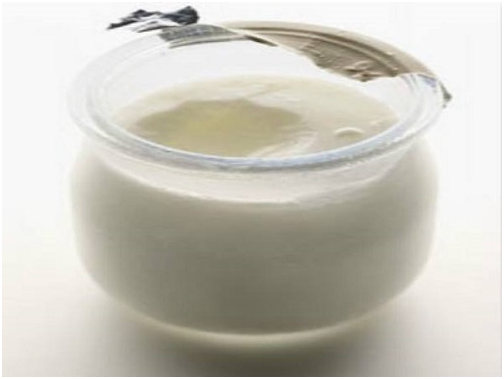What is lactic acid commonly used for?
Introduction
Lactic acid, or 2-hydroxypropionic acid (CH3CHOHCOOH) (molecular weight 90.06 kDa), was first manufactured on a commercial scale in the United States by lactic acid bacterial fermentation of sugar substrates in 1883. Since this early work, lactic acid bacteria in the genus Lactobacillus and molds in the genus Rhizopus have been employed in manufacturing lactic acid. Lactic acid is present in many foods both naturally and as a product of in situ fermentation, as in sauerkraut, yogurt, and many other fermented foods. Lactic acid is also a principal metabolic intermediate in most living organisms.

Lactic acid ranks among the high-volume chemicals produced microbially, with an annual world production volume of 370,000 MT. Lactic acid fermentation is among the oldest industrial fermentations, with industrial production via fermentation starting in the 1880s. Seventy-five percent of the current world lactic acid production occurs in the fermentation facilities of Galactic, PURAC Corporation, Cargill Incorporated, Archer Daniels Midland Company, and the joint ventures derived from these companies.
Uses
Historically, the primary use of lactic acid has been in food for acidulation and preservation, and it has been granted GRAS (generally recognized as safe) status by the FDA. Lactic acid also finds uses in leather tanning, cosmetics, pharmaceutical applications, and various other niches. World lactic acid production has expanded 10-fold in the last decade due, in large part, to increased demand for green products derived from lactic acid, including ethyl lactate and polylactic acid (PLA).
Ethyl lactate can be utilized in various green solvents. Although its low human toxicity relative to hydrocarbon alternatives is attractive, price is cited as the primary reason for its limited market use. PLA is a polymer that is considered a green alternative to petroleum-derived plastics due to its biodegradability and reduced carbon footprint. PLA products are in various applications, including packaging, fibers, and foams. The primary cost in producing PLA and ethyl lactate is the cost of raw material, lactic acid. The key parameters determining the cost of lactic acid are rate, titer, and yield in fermentation and downstream product recovery unit operations. Furthermore, lactic acid production accounts for a large fraction of the energy input and greenhouse gas (GHG) emissions in lactic acid-derived products. These carbon costs can be of great concern in the marketing and viability of a green product.
Lactic acid helps remove old, dull cells on the skin's surface by dissolving the bonds that hold them together (exfoliation). It also makes cell turnover happen faster and stimulates the processes by which your skin sheds old cells and replaces them with new ones (cell renewal). As a result, lactic acid gives humans a brighter complexion and smoother and softer skin.
You may like
Related articles And Qustion
See also
Lastest Price from Lactic acid manufacturers

US $1200.00-1100.00/ton2025-08-07
- CAS:
- 50-21-5
- Min. Order:
- 1ton
- Purity:
- 99%
- Supply Ability:
- 1000T/M

US $1.00/kg2025-06-26
- CAS:
- 50-21-5
- Min. Order:
- 1kg
- Purity:
- 99%
- Supply Ability:
- 10 mt




